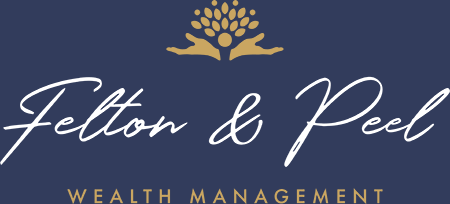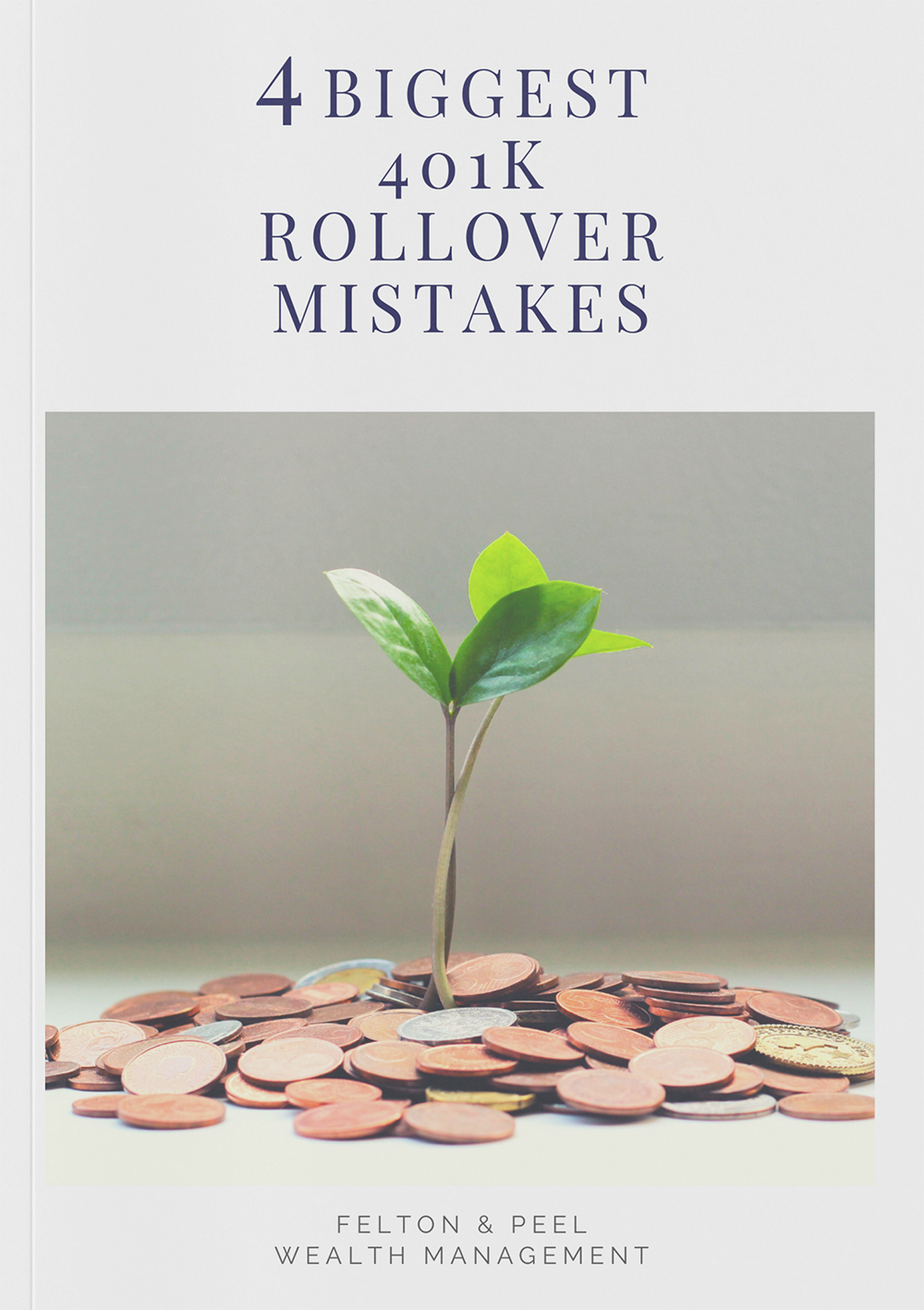
Smart Ways to Spend Your Tax Refund
The 2022 tax deadline is officially behind us — phew! And now that the hard part’s over, the fun part begins. Many Americans were fortunate enough to receive a tax refund from Uncle Sam. In fact, the average refund so far for 2022 is $3,103!
While it might be tempting to spend your refund on a nice vacation or an impulse buy, putting your refund toward larger financial goals can help you free up more money down the line. With the average American living paycheck to paycheck, making intelligent decisions with small windfalls such as your tax return can really turn your financial situation around… which means more vacations and shopping sprees in the future.
Ready to make it happen? Here are five smart ways to spend your tax refund.
Start, or Add to, an Emergency Fund
If there’s one personal finance guideline worth following, it’s this: an emergency fund is non-optional.
Unexpected bills, emergencies, and loss of income are all real possibilities that happen all the time.
Having money set aside expressly for emergencies can keep you from going into credit card debt or prematurely pulling funds from your retirement accounts when life’s little surprises arise.
Your savings goal for an emergency fund should be six months’ worth of living expenses. If you don’t have that much stashed — or don’t have an emergency fund at all — your tax refund is a great way to shore it up or get it started.
Pay Off High-Interest Debt
Paying off high-interest debt can make you feel like you’re running a marathon against hurricane-force headwinds. It can be difficult to keep up with the principal, let alone interest — not to mention the fact that the longer you take to pay it off, the more you’ll spend on interest over time.
If you have any debts with interest over 10%, you should utilize your tax return to pay down that debt.
Once you have that hurdle out of the way, you’ll have more money freed up each month in your budget to put toward any other short or long-term goals.
Save for Retirement
When it comes to saving for retirement, time is your biggest ally. So whether you’re decades away from the golden years or they’re right around the corner, adding more to your retirement fund is an excellent course of action — and your refund could be a nice little boost.
For 2022, you can contribute up to $20,500 to a 401(k) and $6,000 across any traditional and Roth IRAs you own. In addition, if you are over the age of 50, you qualify for catch-up contributions: an additional $6,500 to your 401(k) and $1,000 to IRAs.
You could also use the opportunity to adjust how much of your paycheck is automatically contributed to your employer-sponsored retirement account. A good rule of thumb for retirement savings is to contribute enough to your 401(k) or 403(b) to maximize your employer’s match percentage, if they offer one. With the influx of money from your tax return to supplement daily cash-flow needs, you could have more of each paycheck withheld for retirement — or at least up to the match.
Contribute to Your HSA or FSA
An HSA is a health savings account that allows you to save for qualified future medical expenses. This strategy is unique because you can put the funds in the account in cash or equity investments, and any unused money gets rolled over each year.
If you have a high deductible health insurance plan or HDHP, you should qualify for an HSA. Another benefit of an HSA plan is that your contributions, earnings, and withdrawals are not taxed. The 2022 contribution limit for an HSA is $3,650 for individuals and $7,300 for families.
An FSA is a flexible spending account meant to cover out-of-pocket medical expenses. The funds inside FSA accounts do not roll over each year, but this account is also tax-free. The 2022 contribution limit for FSAs is $2,850.
If you have an HSA or FSA, using some of your tax return to fund it can be a great way to downsize the burden of future medical bills.
Invest
If you’re on track for retirement and have satisfied your emergency reserve need, you could use your tax refund to start investing. There are many different ways to start investing, including mutual funds, stocks, bonds, exchange-traded funds, or possibly seed funding for your dream business.
If you want to start with minimal risk, an exchange-traded or index fund might work for you. These funds include a variety of different stocks and bonds across various industries, which means your risk is automatically minimized through diversification. However, if you’re looking for higher risk (and higher reward), you can invest directly in the stock market using a brokerage account and build your own individual stock portfolio.
Deciding how to use your tax refund intentionally can be difficult — but you don’t have to go it alone. If you’re struggling to choose the best way to use your tax refund, our advisors at Felton & Peel Wealth Management are happy to help.
Please give us a call today to get started.







